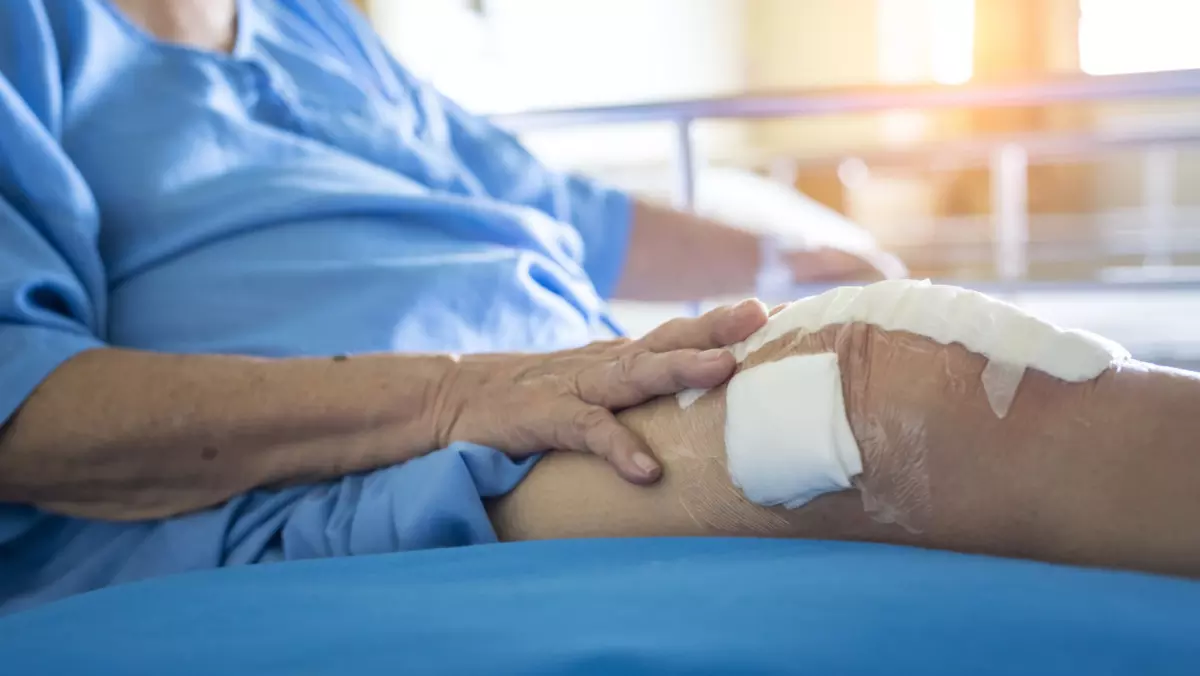Pain control after TKA better with liposomal bupivacaine compared to conventional bupivacaine: study

Total knee arthroplasty (TKA) is a commonly performed procedure to alleviate pain and improve functional limitations caused by end-stage joint damage. Effective management of postoperative pain following TKA is crucial to the prevention of complications and enhancement of recovery. Adductor canal blocks (ACB) with conventional bupivacaine (CB) provide adequate analgesia after TKA, but carry a risk of rebound pain following block resolution. Liposomal bupivacaine (LB) is an extended-release local anesthetic that can provide up to 72 h of pain relief.
Quaye et al conducted a study to compare postoperative outcomes between ACBs using LB and CB after TKA. the study has been published in “arthroplasty journal.”
This single institution, prospective, randomized, clinical trial enrolled patients scheduled for TKA. Participants were randomized to receive ACB with either LB or CB. Pain scores up to 72 h postoperatively were assessed as the primary outcome. Opioid consumption and length of stay were evaluated as secondary outcomes. Results A total of 80 patients were enrolled. Demographic and clinical characteristics were similar between the two groups.
Key findings of the study were:
• A total of 80 patients (40 in each arm) were enrolled, of whom 66 (82%) completed the study with no protocol deviations.
• LB group showed significantly lower cumulative opioid use during the 72 h evaluated (P=0.016).
• There were no differences in pain scores or length of stay between the groups.
The authors commented that – The findings from our own randomized controlled trial provide additional evidence that postoperative blocks using LB in ACBs may not effectively reduce pain after surgery. However, they do support the notion that LB has a positive impact on reducing postoperative opioid consumption, indicating a potential benefit in this aspect of patient care. Future studies are needed to investigate the effectiveness of LB for specific procedural types and to explore potential neuro-anatomical differences that may help explain the inconsistencies in its reported effectiveness. In conclusion, we found that using LB in an ACB after TKA led to decreased opioid consumption up to 72 h following surgery. These results add to the existing literature regarding the benefits of LB and may inform the current practice of the of-label use of LB after TKA.
Further reading:
A prospective, randomized trial of liposomal bupivacaine compared to conventional bupivacaine on pain control and postoperative opioid use in adults receiving adductor canal blocks for total knee arthroplasty Quaye et al. Arthroplasty (2024) 6:6 https://doi.org/10.1186/s42836-023-00226-y
